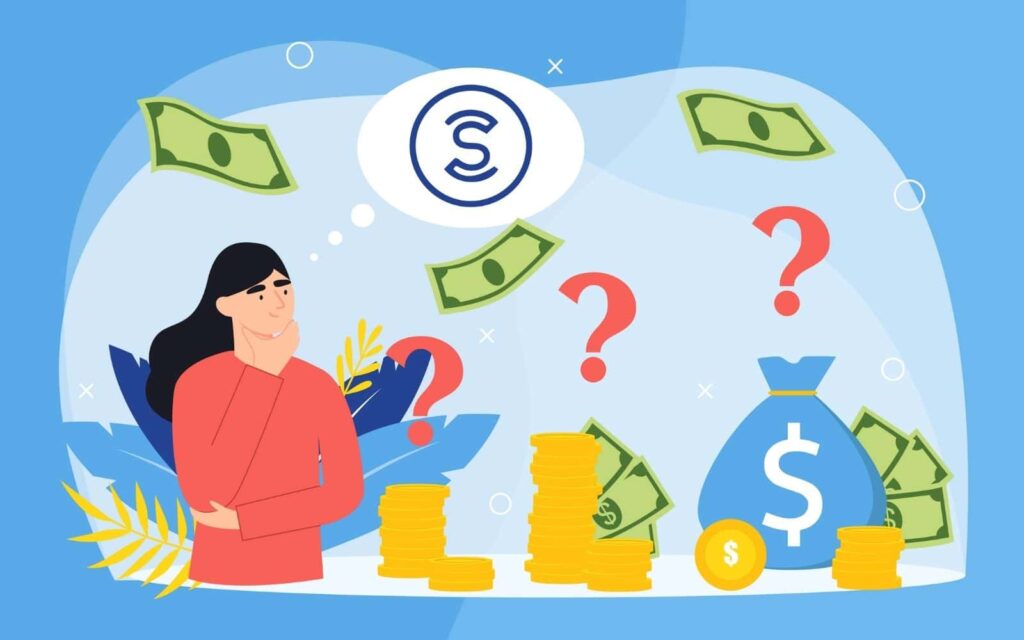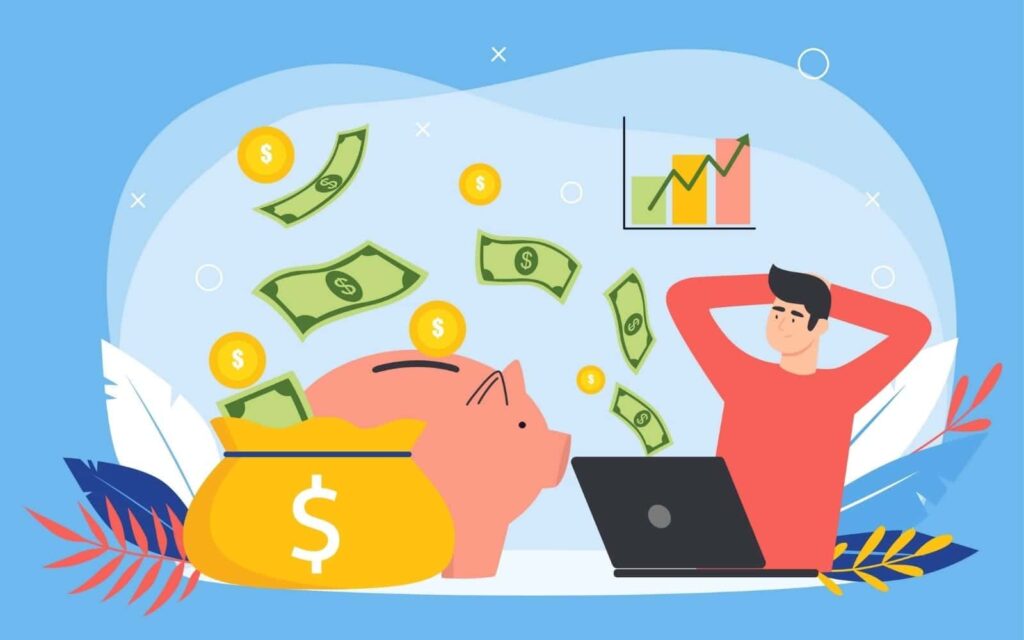Disclosure: This post may contain affiliate links. If you click on a link I may make a small commission at no extra cost to you. You can read the full disclosure here.
Last Updated on October 22, 2022 by Chris Panteli
Why is Proofreading Important?
When you’ve spent time writing something, you want it to be the best it possibly can be. You want your writing to shine, whether it’s a thesis, blog post, or your first book.
That’s the crux of why proofreading is important. It polishes content and makes sure it’s error-free.
If you’re thinking about starting a proofreading business but are unsure if it’s the right move for you, this post will answer the fundamental question: why is proofreading important?
Want to know how much you can make as a proofreader? Read our post on how much you should be charging as a proofreader.
Learn How To Start Your Own Proofreading Business
Alicia made $1,100 the first month after she graduated from one of Caitlin’s proofreading courses – even while she was still working full-time at her retail banking job!

What is Proofreading?
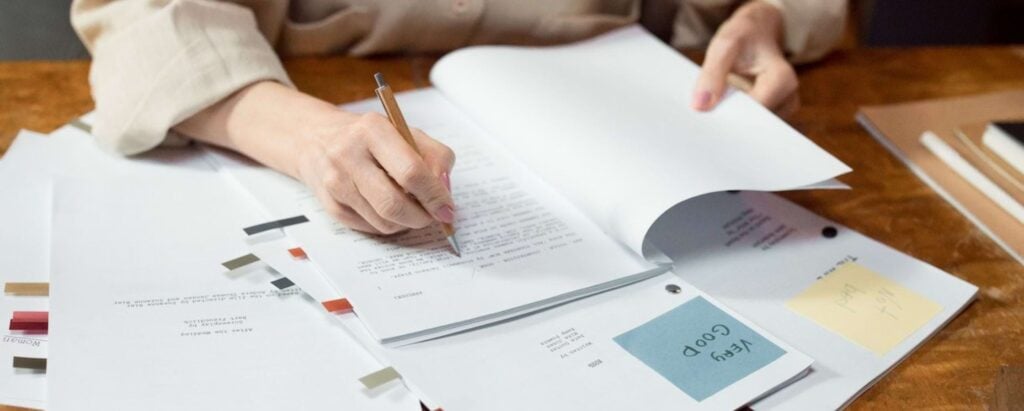
Proofreading is the process of examining text to find and correct all errors. The errors include:
- Punctuation and grammatical errors
- Typos
- Numbering issues
- Spelling mistakes
- Consistency problems
- Formatting errors
Proofreading is the final stage of the editing process and ensures a piece of writing is ready to be published. Depending on the type of writing, it might also go through copyediting and developmental editing before proofing.
Recommended:
What Are The Benefits of Proofreading?
You might think you can skip proofreading entirely. However, there are some important reasons why proofreading is important.
More authoritative writing
Proofreading removes all errors and fluff from our writing, which makes it sound more authoritative. Proofreaders also check for repetitive words that make writing seem less confident.
Build trust with audiences
If your writing is littered with errors and typos, readers will think you’re less trustworthy. It subtly gives the impression that you don’t care what you’re writing about, so no one will think of you as an expert.
Get better marks on papers
If you’re working on academic writing, you can lose marks for having typos and grammatical errors. To get the best marks, you should always proofread your writing when it’s finished and make sure it’s error-free.
Academic proofreading tends to make more money since it’s so important for research to be error-free before publishing.
Convey intelligence
We naturally conflate good writing with intelligence. It doesn’t matter what the subject is; if it’s well-written, people will believe it more.
If you’re writing blog or website content, this is important. You want readers to think you’re an expert in your area – proofreading will help ensure that.
Tips for Proofreading Your Own Writing
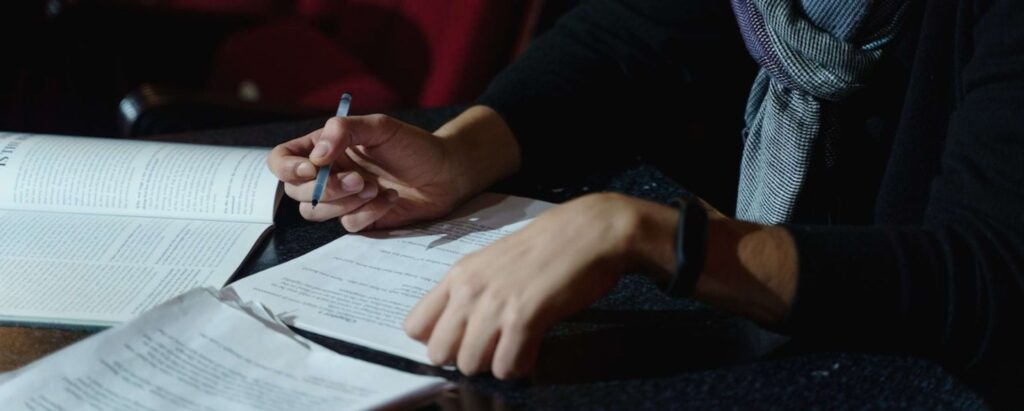
It’s tough proofreading our own writing, which is why professional proofreading is a popular side hustle. But if you have to proofread something you wrote yourself, there are some tricks to make it easier.
Proofread backaward
When we read over our writing, we tend to skip over errors because we know what we should say. You’re more likely to catch those surface errors by reading your work back to front.
Start at the end and read it a paragraph at a time backward. You’ll lose all meaning but be able to see any typos more clearly.
Rule each line as you read
It’s easy to jump ahead and unconsciously skip over words and lines when reading our own writing. To avoid this, put a ruler under each line to see what’s coming next.
If you have a Word document, you can get the same effect by scrolling down the page and only revealing one line at a time.
Know your common errors
If you know you struggle with certain spelling or grammatical rules, search for those first. For example, if commas are a recurring problem, only focus on those first.
This is another trick for spotting errors you might otherwise gloss over while proofreading.
Change the formatting
Try changing the font and size if you’re proofreading a Word or Google doc. This will make the writing appear different, making your brain more likely to pick up on errors.
Read aloud
If you usually read in your head, try reading aloud while you proofread. This will force you to slow down, and you’re more likely to spot errors since you’ll hear the difference between what you wrote and what you wanted to say.
Take a break
Don’t start proofreading the minute you finish writing. Instead, take a break for a day or two, so you begin to forget the content. Even a 20-minute coffee break will make a big difference if you don’t have the time.
Proofread a printout
If you’re struggling to spot errors in Word or Google, try printing a copy of your writing and proofreading it on paper. Seeing your words on a page can help make it easier to spot errors you might have missed on screen. This is also a great opportunity to check the formatting is correct.
How to Proofread Effectively
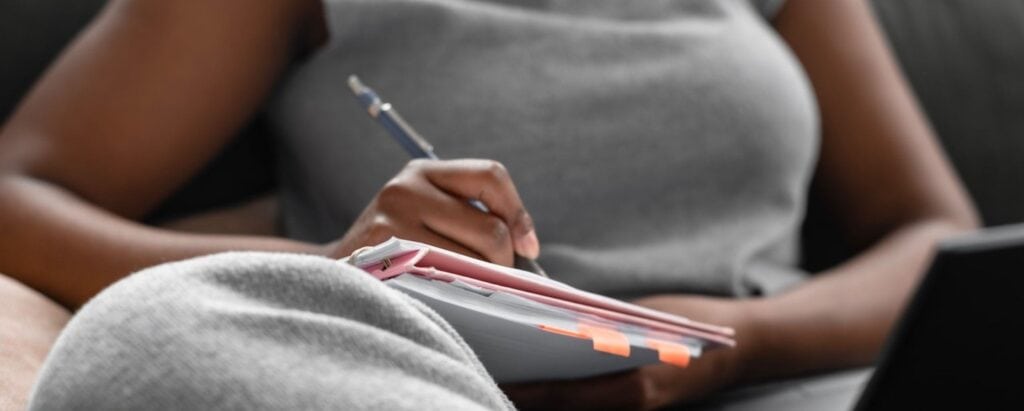
There is no quick way to proofread effectively. The best method is to take it slow and be as critical as possible.
If you’re a little rusty on your grammar rules, brush up on these first so you’re confident about what you’re looking for when editing.
Use a spell checker
You shouldn’t rely on a spell checker to do all of your proofreading. But programs like Grammarly are beneficial for spotting grammar, typos, and spelling errors.
Once you’re done proofreading, run your writing through a spell-check program to weed out any final mistakes.
Remember to take the results with a pinch of salt, though. Spell-check tools aren’t perfect and often give incorrect suggestions, so use your best judgment.
Ask for help
No matter how careful you are, there are some errors you won’t catch when proofreading your own writing. That’s why it’s helpful to ask someone to help you.
Whether that’s a professional proofreading service, colleague, or friend, a fresh pair of eyes will catch errors you’ve missed.
If you’ve already gone through the process, they probably won’t find much, but you’ll be happy to have the reassurance.
Learn from your mistakes
Pay close attention to the mistakes you make so you can stop them from happening in the future. Knowing what to look for when proofreading is the most challenging part, so understanding where you struggle will make the process much more effective.
Proofreading Marks
In the day of using pen and paper, proofreading marks were used to signify errors. However, they’re not used as much anymore since we have tools like Tracked Changes on Microsoft Word and the editing feature on Google Docs.
However, screen fatigue can make it difficult to proofread your work on a computer, so you might decide to go old-school and print out a hard copy. Or you might hire a proofreader who uses the proofreading marks to help you improve your writing.
Either way, it’s good to know what the proofreading marks are and how they’re used. You can find a full list of the official proofreading marks here.
Thinking About Becoming a Proofreader?
Proofreading is an important part of the editing process; almost all professionals need proofreading and some time in their careers.
Professional proofreading can be a lucrative way to earn extra money because it’s an in-demand skill. This could be a great side hustle if you have a good knowledge of grammar and a keen eye for spotting errors.
To learn more about how you can start making money proofreading, head to our following guide on how to start an editing and proofreading business.

